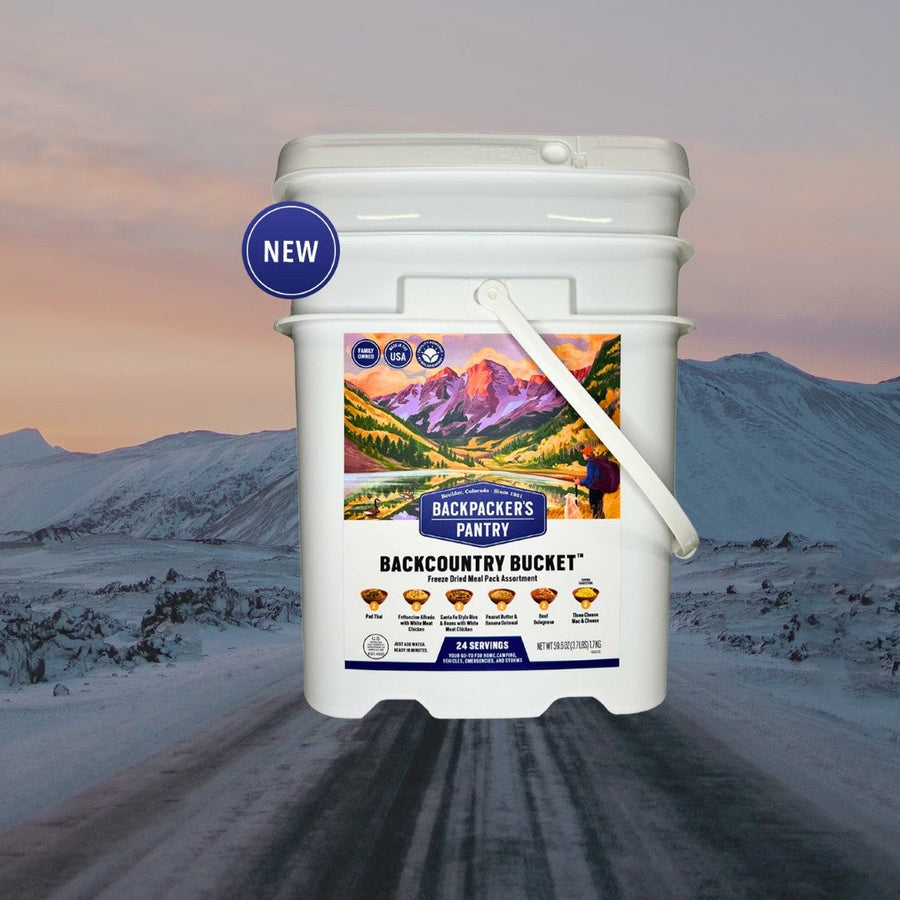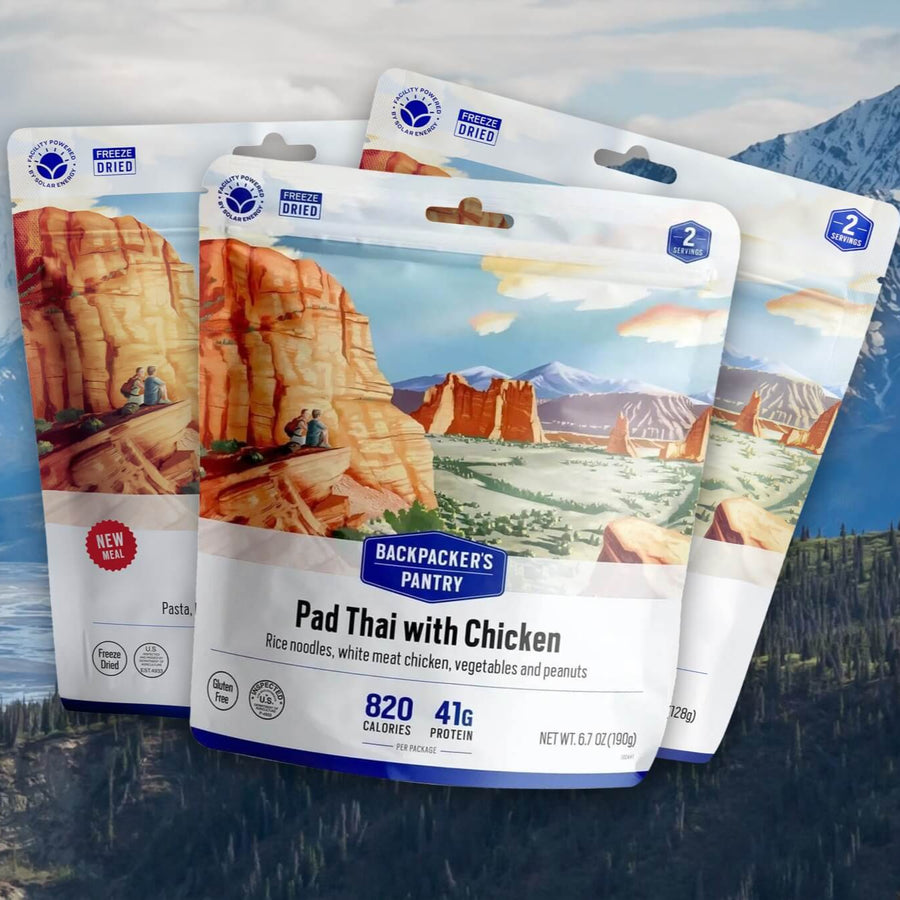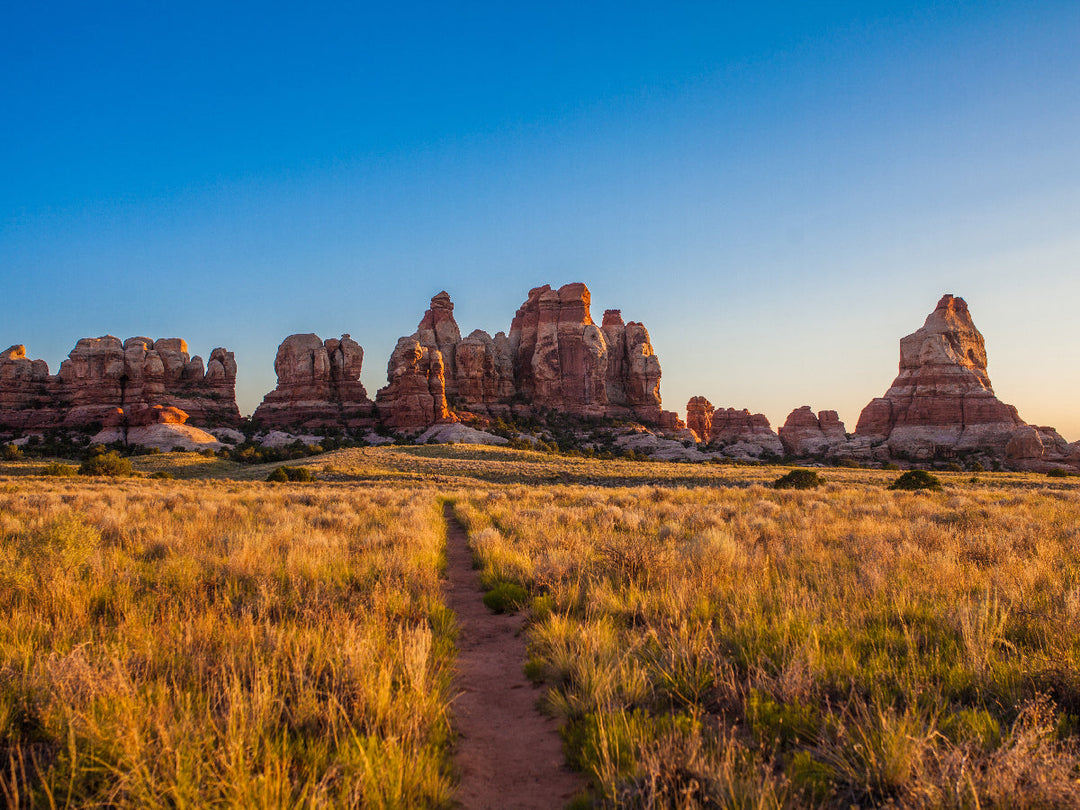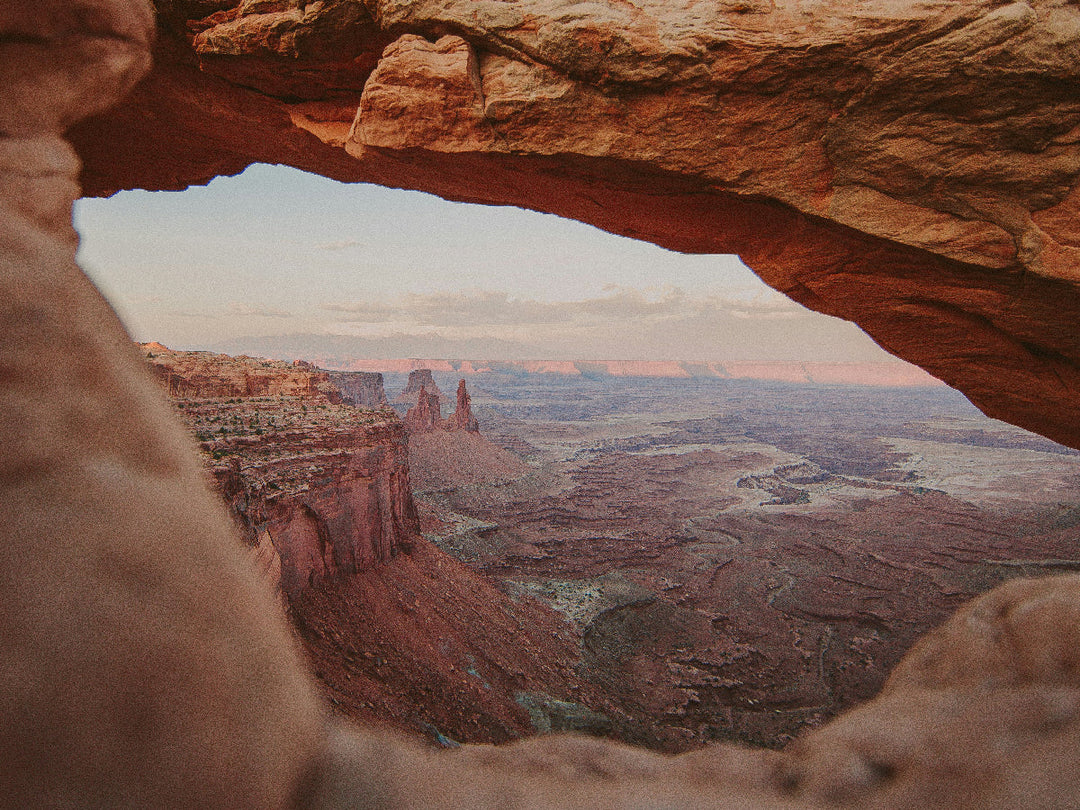How to Plan a Backcountry Ski Tour: Where to Go & What You Need to Consider
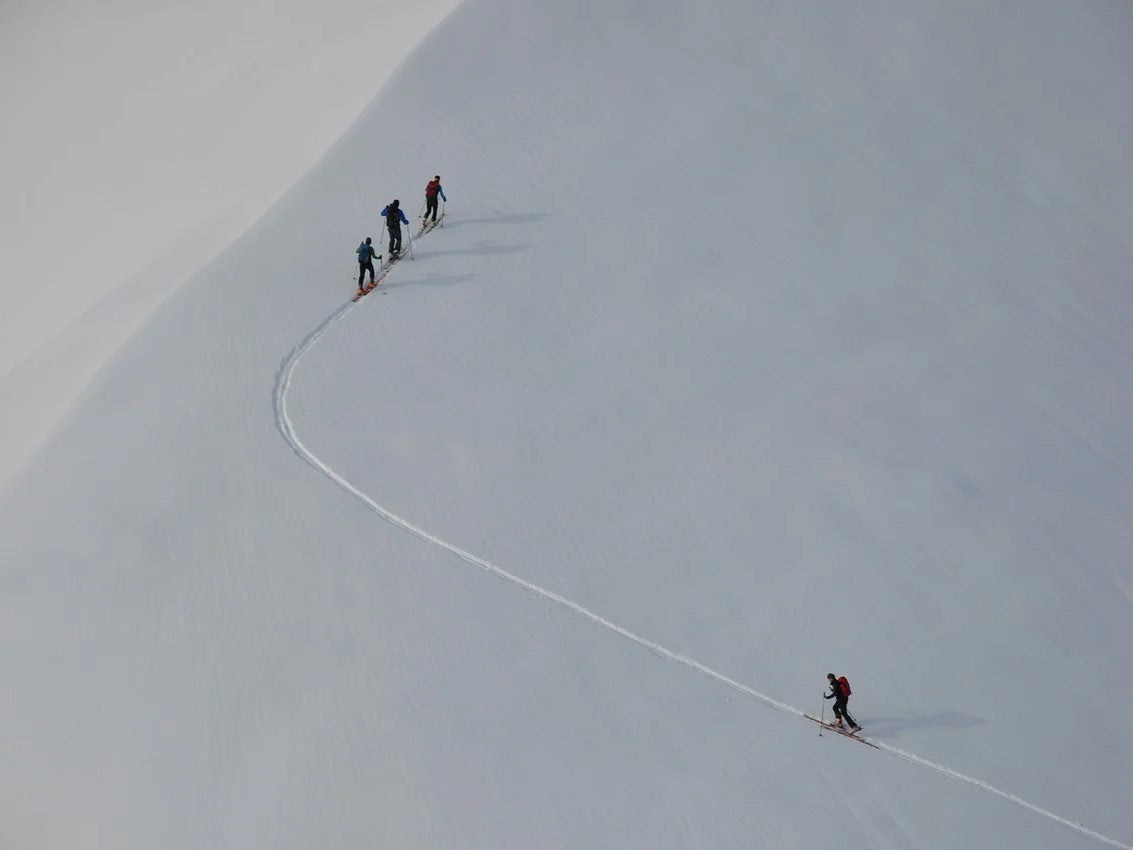
Ski touring is one of the best ways to get outside in the winter and an awesome way to experience great landscapes, chase some solitude, and of course, ski! That said, when you’re out there in the backcountry, you’re on your own: there is no ski patrol to help you in case something goes wrong. This makes proper preparation supremely important, not only for having a good day in the mountains but for the safety of you and your partners. Here, we’ll cover the basics of what goes into planning a backcountry ski tour, covering gear, trip planning, and how to arm yourself with the correct knowledge.
Know Before You Go: Backcountry skiing is dangerous. There are many risks involved, from avalanches to remote locations. Do not go out unprepared for these risks. If you’re unsure where to start, look into experienced local guides and your local avalanche information center.
Get a Read on Weather & Conditions
First, you’ll need to look into the weather and conditions to figure out when is a good time to go out, then use this information to start crafting your plan. There are two main pieces here - weather and snowpack.
Backcountry skiing weather resources can be different depending on your location, but a few that are nearly universal are NOAA and your local avalanche forecasting center. Reading the weather means more than just seeing if you’ll have fresh powder. It means looking at the different factors that can influence your terrain choice - sun, wind speed and direction, snowfall, and temperatures. Each of these are data points that will help build your knowledge and help you make decisions in the backcountry.
The second consideration is snowpack and avalanche danger. Avalanche danger is inherent in the backcountry at all times, so it’s paramount to your safety to give yourself the best data that you can use to make safe choices. Educating yourself on the avalanche dangers in your area doesn’t just mean checking the forecast the day you're going out. Make a habit of reading the avalanche reports every day to learn about the snowpack where you live and ride. This also should not end at your computer or on your phone in the car - you should be checking your observations in the field against the report, verifying signs of danger, with yourself and your group.
How to Find Out Where to go Backcountry Skiing
Backcountry skiers can be pretty secretive about their backcountry powder stashes, but there are a lot of ways to learn about the terrain where you live and find great areas to ski. Here are a few ways that we like to plan our ski tours:
- Guide books for the region or area
- More experienced friends and peers
- Meeting others in the local community at events
- Looking at observations from your local avalanche center
- Local forums and Facebook groups
- Apps like OnX Backcountry
- Studying maps
- Trip reports on blogs
While it can be easy to rely on your friends and ski partners to make plans and find new zones, it’s important, especially as a beginner backcountry skier, to get familiar with the terrain where you live and ride. It’s an important piece of group dynamics that everyone is “in the know,” so that leadership and decision-making are shared across the entire group.
Backcountry Skiing Route Planning
Depending on the location and objectives that you choose, your route planning can be pretty simple or more complicated. More popular ski touring areas and trailheads might have well-traveled skin tracks and trails. While this can be a relief from breaking trail in fresh snow, it’s important to not blindly follow someone else’s tracks. Using a GPS or an app like OnX Backcountry can help you verify that you’re heading in the right direction and avoiding hazardous terrain.
Typically, backcountry skiers can travel about two to four miles per hour, and a typical tour may range anywhere from 1,000’ to 3,000’ of total elevation gain. Tying these metrics into your route and map planning can help you choose the best destinations and routes. Remember to always leave flexibility in your plans, as conditions and hazards might throw you off of your planned routes. An avalanche Level One course will often have curriculum that covers route planning - this is a great place to start for any backcountry hopefuls.

Meal Planning for Backcountry Skiing
Meal planning for backcountry skiing requires thoughtful preparation to ensure that the food is both nourishing and practical - don’t just stock up at the gas station on your way to the mountains, or you might be hurting later in the day. After all, ski touring can burn some serious calories! It's essential to focus your skiing foods on high-energy, nutrient-dense foods that are also lightweight and easy to carry. Items like nuts, dried fruits, energy bars, and jerky are excellent for quick snacks that provide a burst of energy without weighing down your backpack.
Depending on the length and intensity of the tour, we sometimes like to pack a small stove and fuel - a hot meal and drinks can be great for maintaining body temperature and morale. For main meals, our freeze-dried meals are a great choice, as they are light, easy to pack, and only require the addition of hot water to prepare. And don’t forget about hydration, either. It can be harder to remember to hydrate when you’re cold, but it’s key to a good day out in the backcountry.
In Conclusion
Backcountry skiing offers an amazing and rewarding way to explore the winter wilderness, but it demands serious preparation and respect for the inherent risks. Understanding the weather, snowpack conditions, and avalanche risks is crucial for safety. Equally important is being familiar with the terrain, planning your route wisely, and ensuring that everyone in the group is informed and capable of making safe decisions. Other aspects, like gear and meal planning, also play a vital role. There’s a lot to think about! By arming yourself with the right knowledge, tools, and preparation, you can enjoy backcountry skiing while minimizing the risks. Remember, the backcountry doesn't forgive mistakes easily, so thorough preparation and continuous learning are key to a safe and enjoyable experience. Whether you're a seasoned backcountry skier or a beginner, the mountains always have something new to teach, making every tour not just a journey through the snow, but also a journey in personal growth and outdoor skills.
